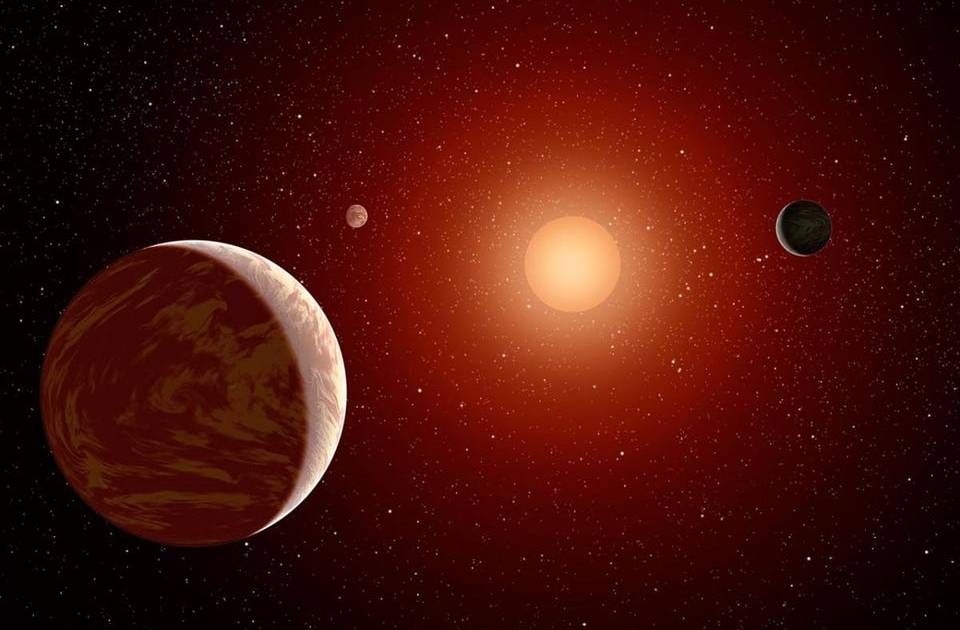A new study into life on Mars has forced scientists to change what we thought we know about the Red Planet.
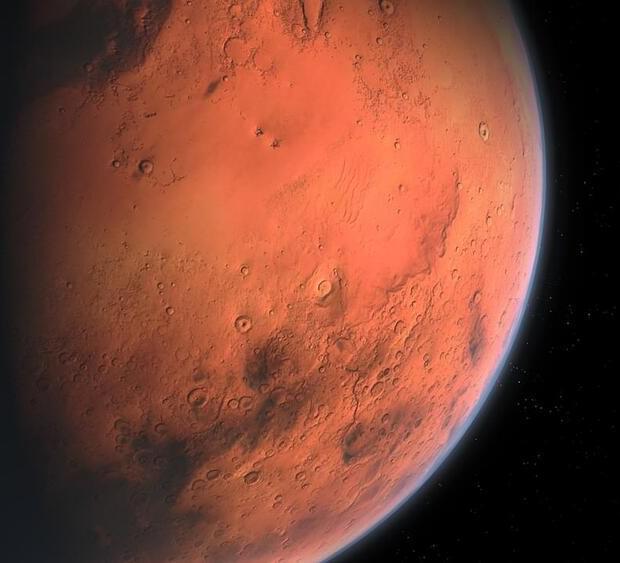

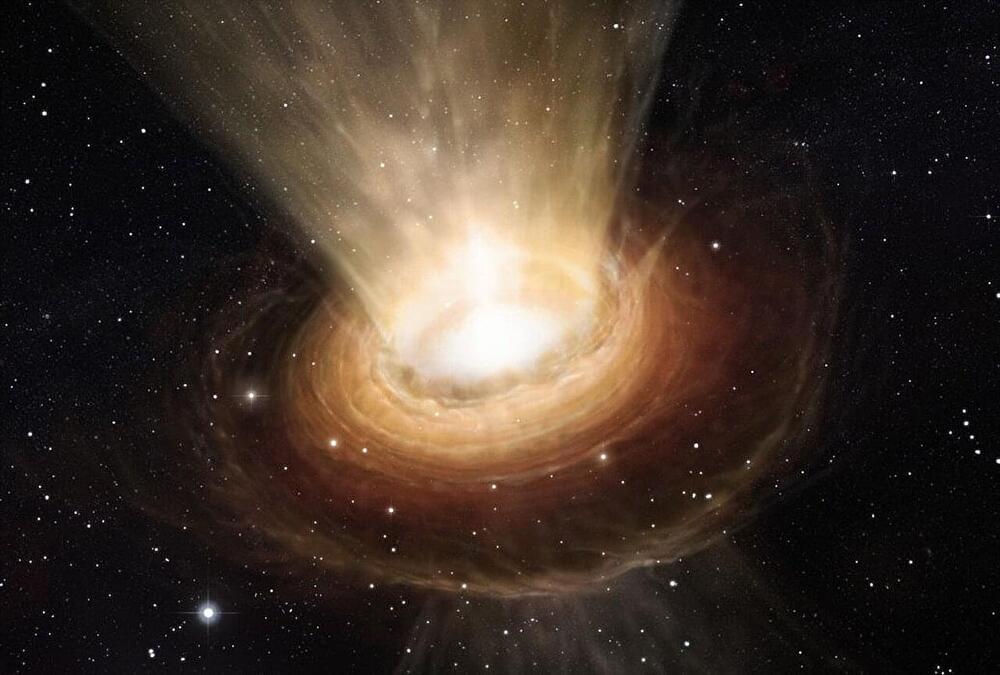
The James Webb Space Telescope (JWST) is helping scientists uncover how planets form by advancing understanding of their birthplaces and the circumstellar disks surrounding young stars.
In a paper published in The Astronomical Journal, a team of scientists, led by Naman Bajaj of the University of Arizona and including Dr. Uma Gorti at the SETI Institute, images for the first time winds from an old planet-forming disk (still very young relative to the sun) which is actively dispersing its gas content. The disk has been imaged before, but winds from old disks haven’t. Our knowing when the gas disperses is important, as it constrains the time left for nascent planets to consume the gas from their surroundings.
At the heart of this discovery is the observation of TCha, a young star (relative to the sun) enveloped by an eroding disk notable for its vast dust gap, approximately 30 astronomical units in radius. For the first time, astronomers have imaged the dispersing gas (aka winds) using the four lines of the noble gases neon (Ne) and argon (Ar), one of which is the first detection in a planet-forming disk. The images of [Ne II] show that the wind is coming from an extended region of the disk.
Getting into space is difficult, but it may be that other worlds have even harder times at it than we do, imprisoned by orbital debris, high gravity, or even being quarantined by alien civilizations.
Start building your ideal daily routine! The first 100 people who click on the link will get 25% OFF Fabulous Premium: http://thefab.co/isaac.
Visit our Website: http://www.isaacarthur.net.
Join Nebula: https://go.nebula.tv/isaacarthur.
Support us on Patreon: / isaacarthur.
Support us on Subscribestar: https://www.subscribestar.com/isaac-a…
Facebook Group: / 1583992725237264
Reddit: / isaacarthur.
Twitter: / isaac_a_arthur on Twitter and RT our future content.
SFIA Discord Server: / discord.
Listen or Download the audio of this episode from Soundcloud: Episode’s Audio-only version: / the-fermi-paradox-imprisoned-planets.
Episode’s Narration-only version: / the-fermi-paradox-imprisoned-planets-narra…
Credits:
The Fermi Paradox: Imprisoned Planets.
Science \& Futurism with Isaac Arthur.
Episode 329a, February 13, 2022
Written, Produced \& Narrated by Isaac Arthur.
Cover Art:
Jakub Grygier https://www.artstation.com/jakub_grygier.
Graphics:
The great mystery of where all the aliens are in our vast Universe contemplates ancient interstellar civilizations building enormous megastructures that rival worlds or even stars in the immensity… and asks why we can’t see these giant alien artifacts.
David Brin on Event Horizon with John Michael Godier: • A.I. Wars, The Fermi Paradox and Grea…
This Week in Space with Rod Pyle: • Alien Megastructures — Isaac Arthur a…
Sign up for a Curiosity Stream subscription and also get a free Nebula subscription (the streaming platform built by creators) here: https://curiositystream.com/isaacarthur.
Visit our Website: http://www.isaacarthur.net.
Join Nebula: https://go.nebula.tv/isaacarthur.
Support us on Patreon: / isaacarthur.
Support us on Subscribestar: https://www.subscribestar.com/isaac-a…
Facebook Group: / 1583992725237264
Reddit: / isaacarthur.
Twitter: / isaac_a_arthur on Twitter and RT our future content.
SFIA Discord Server: / discord.
Listen or Download the audio of this episode from Soundcloud: Episode’s Audio-only version: / the-fermi-paradox-absent-megastructures.
Episode’s Narration-only version: / the-fermi-paradox-absent-megastructures-na…
Credits:
The Fermi Paradox: Absent Megastructures.
Science \& Futurism with Isaac Arthur.
Episode 352, July 21, 2022
Written, Produced \& Narrated by Isaac Arthur.
Editors:
Many doubt whether existence has any purpose or meaning, but could entirely civilizations become nihilistic. Would this spell their doom? And if not, what would they be like?
Use code isaacarthur at the link below to get an exclusive 60% off an annual Incogni plan: https://incogni.com/isaacarthur.
Visit our Website: http://www.isaacarthur.net.
Join Nebula: https://go.nebula.tv/isaacarthur.
Support us on Patreon: / isaacarthur.
Support us on Subscribestar: https://www.subscribestar.com/isaac-a…
Facebook Group: / 1583992725237264
Reddit: / isaacarthur.
Twitter: / isaac_a_arthur on Twitter and RT our future content.
SFIA Discord Server: / discord.
Credits:
Nihilistic Aliens.
Episode 423b; December 3, 2023
Produced, Written \& Narrated by: Isaac Arthur.
Editor: Donagh Broderick.
Music Courtesy of: Steve Cardon.
Star Trek is the most popular and longest running Sci-Fi franchise in American history. Created by Gene Roddenberry, Star Trek follows the various crew of Starfleet in their missions across the galaxy.
This presentation showcases the inspiration behind Star Trek, how the Federation came to be, examines the post-scarcity economy featured in their future Earth society, and explores the philosophies of all of the major alien cultures shown throughout the Star Trek series.
00:00 — Intro.
09:38 — The Augments.
14:06 — World War 3
15:13 — Post Atomic Horror.
15:45 — First Contact.
17:47 — The Vulcans.
23:30 — Post-Scarcity Economy.
33:24 — The Federation.
45:22 — The Maquis.
48:26 — The Romulans | The Cardassians | The Klingons.
52:00 — The Ferengi.
1:00:00 — The Dominion.
1:06:08 — The Borg.
1:13:34 — Conclusion.
1:16:01 — Outro

“There’s a connection between the shape of the ice shell and the temperature in the ocean,” said Dr. Britney Schmidt. “This is a new way to get more insight from ice shell measurements that we hope to be able to get for Europa and other worlds.”
While Earth remains the only known world with bodies of liquid water on its surface, there are a myriad of worlds within our own solar system that have liquid water oceans beneath thick surfaces of ice. But what is the temperature of those interior oceans, and could the thickness of its ice shell determine it? This is what a recent study published in Journal of Geophysical Research Planets hopes to address as a team of researchers led by Cornell University investigated how a process called “ice pumping” could determine the temperature of the interior ocean underneath thick icy shells, also known as ice-ocean interaction. This study holds the potential to help researchers better understand the conditions for finding life beyond Earth with a focus on Jupiter’s moon, Europa, and Saturn’s moon, Enceladus.
“If we can measure the thickness variation across these ice shells, then we’re able to get temperature constraints on the oceans, which there’s really no other way yet to do without drilling into them,” said Dr. Britney Schmidt, who is an Associate Professor of Astronomy & Earth and Atmospheric Sciences at Cornell University and a co-author on the study. “This gives us another tool for trying to figure out how these oceans work. And the big question is, are things living there, or could they?”
For the study, the researchers used robotic observations obtained at Antarctica’s Ross Ice Shelf and computer models to analyze how “ice pumping”, which occurs in water underneath ice sheets and based on an ice shell’s slope, could help regulate ocean temperature when accounting for pressure and salt content, as well. The goal was to ascertain the potential behavior of ice-ocean interaction on Jupiter’s moon, Europa, and Saturn’s moon, Enceladus, both of which possess interior oceans and are targets for astrobiologists searching for life beyond Earth.
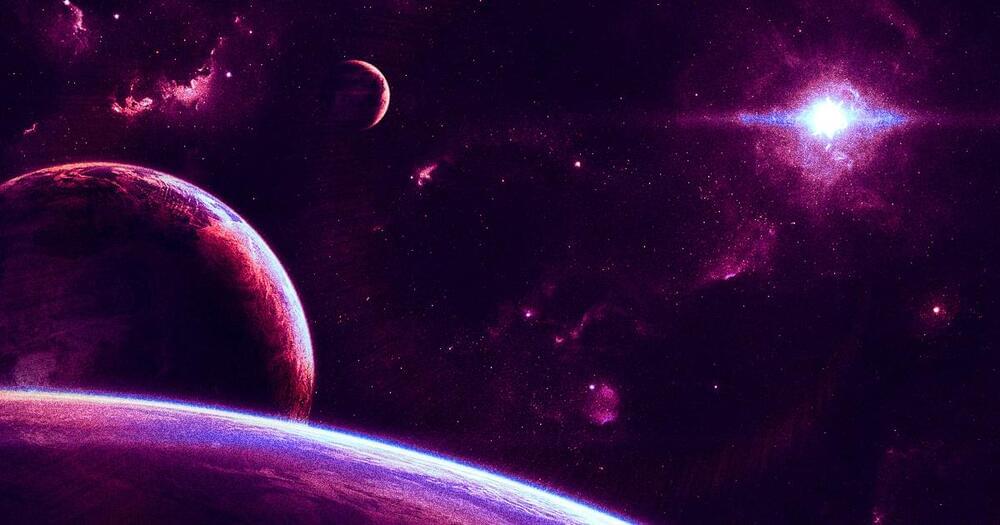
Last year, scientists discovered a mathematically perfect star system — and now, they’re looking into whether it might contain signs of alien tech.
Dubbed HD 110067, the star system located just 100 light-years from Earth has six exoplanets that are each perfectly spaced apart in the sort of mathematical harmony rarely seen in our chaotic Universe. In a paper published in the journal Nature last November, scientists listed off the astounding attributes of the system, which unfortunately did not include any planets in the so-called “habitable zone,” or distance from the orbit-inducing star that could support life as we know it here on Earth.
All the same, scientists aren’t done looking, and as radio astronomer and alien life-seeking expert Steve Croft of the University of Berkeley told Space.com, there’s no reason that advanced civilizations may not have visited HD 110,067 and potentially left some of their technology behind.
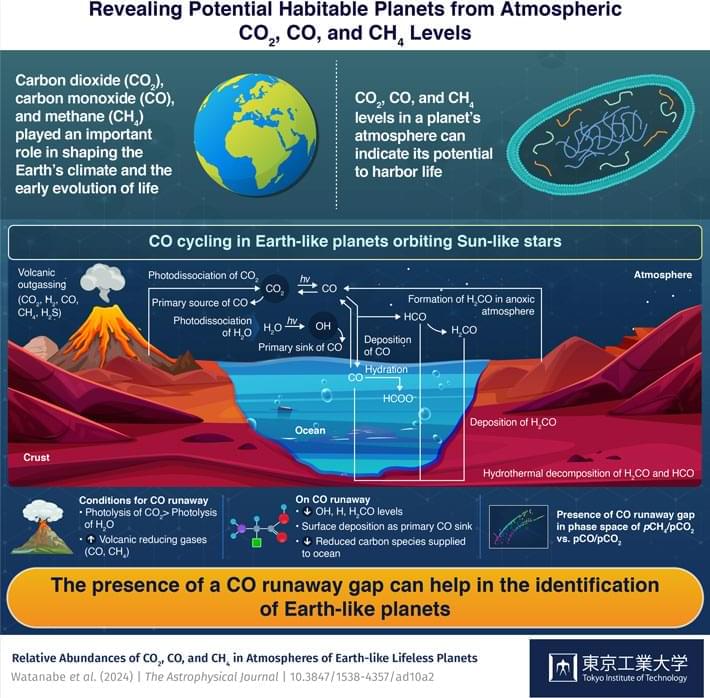
The search for habitable exoplanets involves looking for planets with similar conditions to the Earth, such as liquid water, a suitable temperature range and atmospheric conditions. One crucial factor is the planet’s position in the habitable zone, the region around a star where liquid water could potentially exist on the planet’s surface. NASA’s Kepler telescope, launched in 2009, revealed that 20–50% of visible stars may host such habitable Earth-sized rocky planets. However, the presence of liquid water alone does not guarantee a planet’s habitability. On Earth, carbon compounds such as carbon dioxide (CO2), methane (CH4), and carbon monoxide (CO) played a crucial role in shaping the climate and biogeochemistry and could have contributed to the emergence of life.
Taking this into consideration, a recent study by Associate Professor Kazumi Ozaki from Tokyo Institute of Technology, along with Associate Researcher Yasuto Watanabe from The University of Tokyo, aims to expand the search for habitable planets. Published in the Astrophysical Journal(External site) on 10 January 2024, the researchers used atmospheric modeling to identify conditions that could result in a CO-rich atmosphere on Earth-like planets that orbit sun-like (F-, G-, and K-type) stars. This phenomenon, known as CO runaway, is suggested by atmospheric models to have possibly occurred in early planetary atmospheres, potentially favoring the emergence of life.
“The possibility of CO runaway is critical in resolving the fundamental problem regarding the origin of life on Earth because various organic compounds suitable for the prebiotic chemistry are more likely to form in a CO-rich atmosphere than in a CO2-rich atmosphere,” explains Dr. Ozaki.
